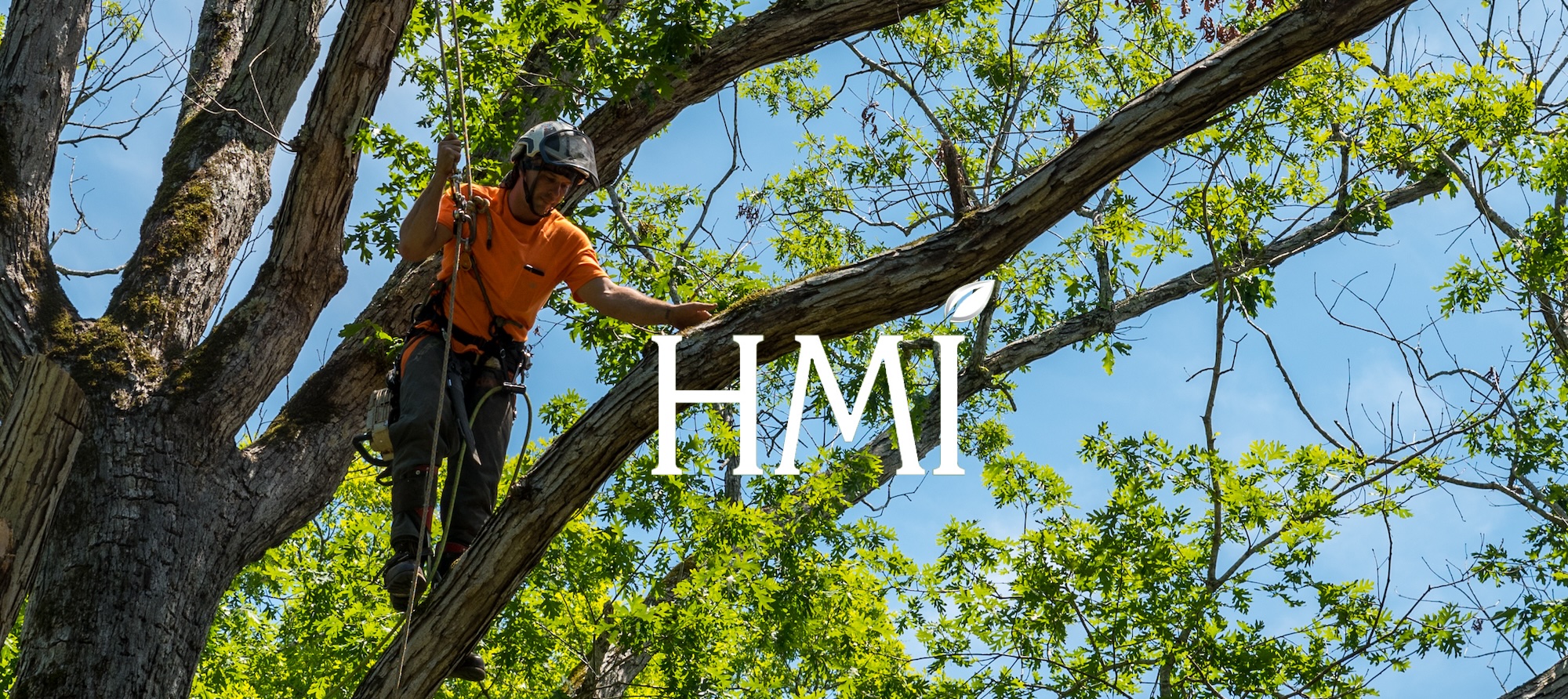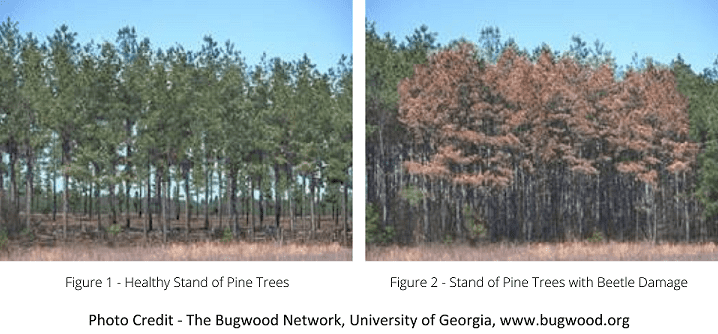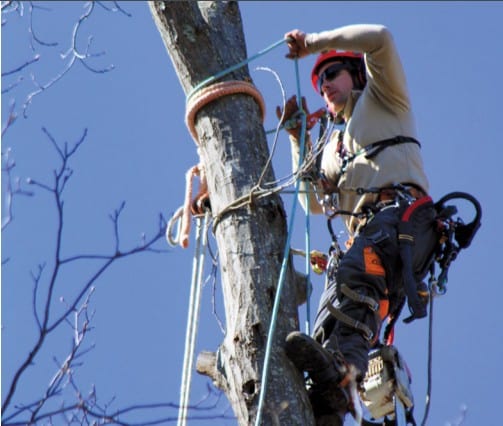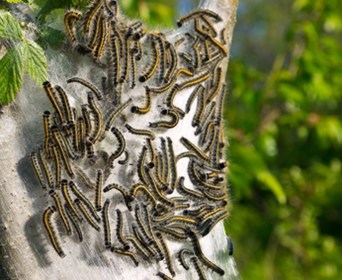 Fa la la la! It’s the most wonderful time of the year–and our favorite part of the season! We get to head out with our family and wander amongst all the beautiful types of trees, looking for just the right one.
Fa la la la! It’s the most wonderful time of the year–and our favorite part of the season! We get to head out with our family and wander amongst all the beautiful types of trees, looking for just the right one.
As you’re searching, do the fresh test! Run your fingers along the needles, grab the branches and bounce the tree a little. If many needles fall off, the tree was cut long ago and has not gotten enough water, so find another!
Also, the hunt for the perfect tree will go much smoother if you already know the type of tree you want. Without further ado, here are the pros and cons of the top 10 most common live Christmas tree types.
What are the advantages and drawbacks of the most common Christmas tree types?
1. Balsam Fir Christmas Trees
- Pros: Classic, strong Christmas tree scent that lasts; doesn’t lose its dark-green needles; perfect, symmetrical pyramid shape
- Cons: Not great for heavy ornaments because of its flexible branches
2. Douglas Fir Christmas Trees
- Pros: Super easy to find; beautiful light or blue-green needles that are soft to the touch and sweetly scented; very affordable; rarely drops needles (unless it runs out of water)
- Cons: Can’t hold heavy ornaments well; a shorter, more compact tree
3. Fraser Fir Christmas Trees
- Pros: Very fragrant all season; great at holding onto its dark-green needles; can hold heavy ornaments thanks to its sturdy limbs
- Cons: Looks dense and compact
4. Noble Fir Christmas Trees
- Pros: Lasts all season; great at holding heavy ornaments; classic looking and smelling tree
- Cons: Shorter limbs and needles
5. White or Concolor Fir Christmas Trees
- Pros: Blue-green, citrus-scented needles that smell all season; soft-to-the-touch needles that don’t fall off
- Cons: Can be more expensive because it takes a long time to grow
6. Blue Spruce Christmas Trees
- Pros: Beautiful silvery-blue needles; incredibly symmetrical tree shape; holds onto its needles; great at holding lots of heavy ornaments; doesn’t drop many needles (unless the room is too warm)
- Cons: Sharp needles; not much fragrance, unless the needles are broken then they’ll smell unpleasant; smaller in size
7. Norway Spruce Christmas Trees
- Pros: Gorgeous forest-green needles; mild, pleasing scent; cone-shaped tree
- Cons: Loses sharp needles easily
8. White or Black Hills Spruce Christmas Trees
- Pros: Gray-green needles that hold much better than other spruces; holds heavy ornaments
- Cons: Still drops some needles; needles smell bad, like a skunk or cat pee, when crushed
9. Scots or Scotch Pine Christmas Trees
- Pros: One of the most popular Christmas trees; holds needles well; long-lasting pine scent
- Cons: Lack-luster color; crooked trunks are common
10. White Pine Christmas Trees
- Pros: Blue-green needles that are soft to the touch; doesn’t drop many needles; affordable; good tree for those with sensitive noses or allergic reactions to strong pine scents; very tall, making it great for rooms with high ceilings
- Cons: Slight (almost no) scent; can’t hold heavy ornaments; can wilt if lacking water
Let’s talk about what’s most important–the best smelling Christmas tree types!
For a classic scent, go for the balsam fir–or really any fir. Or go unique with the white fir, which smells like citrus! Pines are generally fragrant, but avoid those unscented spruce trees!








